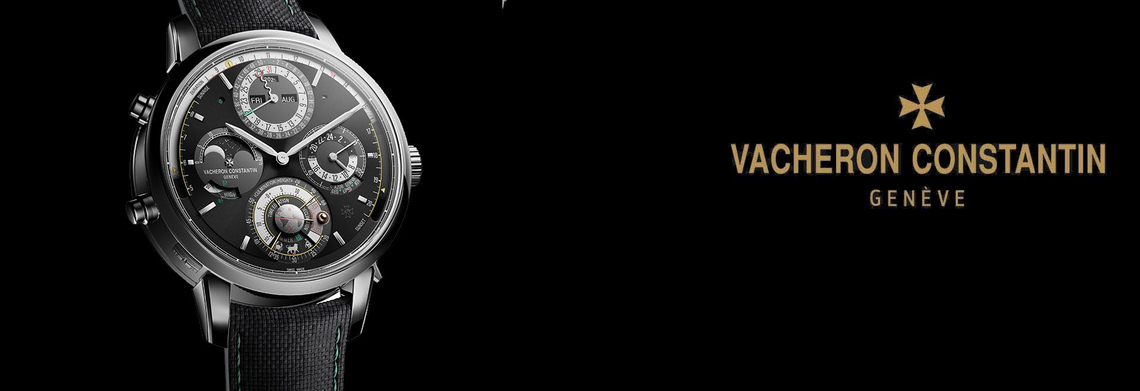
“Les Sons du Temps”… The sounds of time in musical mode
“Les Sons du Temps”… The sounds of time in musical mode
As of May 312013, the Maison Vacheron Constantin is presented a new themed exhibition on striking watches.
“Les Sons du Temps” (Sounds of Time) invites visitors to discover some exceptional timepieces from the Vacheron Constantin heritage, featuring historical and contemporary striking pocket watches.
Variations on the theme of a complication epitomising perfect harmony.
May 2013 – Twice a year, the Maison Vacheron Constantin unveils its historical collections for devotees of technical and precious Fine Watchmaking, as well as for the public at large. Each of these encounters signals the Manufacture’s determination to present a particular facet of its uninterrupted history since 1755, as well as to share its passion for creativity and precise, skilled gestures.
The inauguration of the exhibition titled “Les Sons du Temps” gave Vacheron Constantin an opportunity to announce its partnership with “Art en Vielle-Ville” (Art in the Old Town), an initiative encompassing several art and antiques galleries as well as cultural institutions. This prestigious collective stages a twice-yearly event in the form of an exceptional and varied immersion into the heart of the Old Town.
From May 31st 2013 to January 31st 2014, the Manufacture is turning the spotlight on watches providing an audible indication of time and which became one of its specialities from a very early stage in its development. Jacques-Barthélémy Vacheron himself was a finisher of repeater watches before taking the helm of the company in the early 19th century.
A quarter repeater pocket-watch dating from 1812 and featuring a red gold case framing a white enamel dial bears eloquent testimony to this long-established tradition, as too does an 1816 musical repeater watch with red gold case and dial. Among the forty or so models on display is an 1820 travel clock equipped with Grande and Petite Sonnerie mechanisms, a quarter repeater as well as an alarm – a model evoking peregrinations accompanied by a wealth of horological complications.
Other powerfully evocative models illustrate the expertise and the renown of the Manufacture. Witness the 1909 minute-counter pocket chronograph featuring alarm, day, date and moon phases that belonged to Sir Bhupindra Singh, Maharaja of de Patiala; or the Grande and Petite Sonnerie, quarter and half-quarter 30-minute counter pocket chronograph made in 1918 at the request of the famous American car manufacturer James Ward Packard.
The advent of the wristwatch in the 20th century forced watchmakers to seek ingenious ways of miniaturising striking mechanisms in order to meet the demands of the increasingly smaller cases. This new ‘musical score’ gave rise to impressive feats such as the 1957 timepiece boasting an impressive array of minute repeater, complete calendar and moon-phase complications.
The highlight of this exhibition, the “Tour de l’Ile” watch, comprises a mind-boggling 16 complications including a minute repeater complete with a display of its striking torque.
“Les Sons du Temps” is an exhibition evoking a domain of Fine Watchmaking that remains as fascinating today as ever. Although it was an essential feature in an age where lighting in public areas and even in private homes was virtually inexistent, one may well question the purpose of such a complication –one of watchmaking’s most sophisticated – in our modern age of instantly available data.
What if the hammer striking the ‘bell’ or gong were in fact there to enable us to savour the sound of silence between each chime? Perhaps the whole point of these watches is to enable us to welcome and cultivate this exquisite parenthesis…

